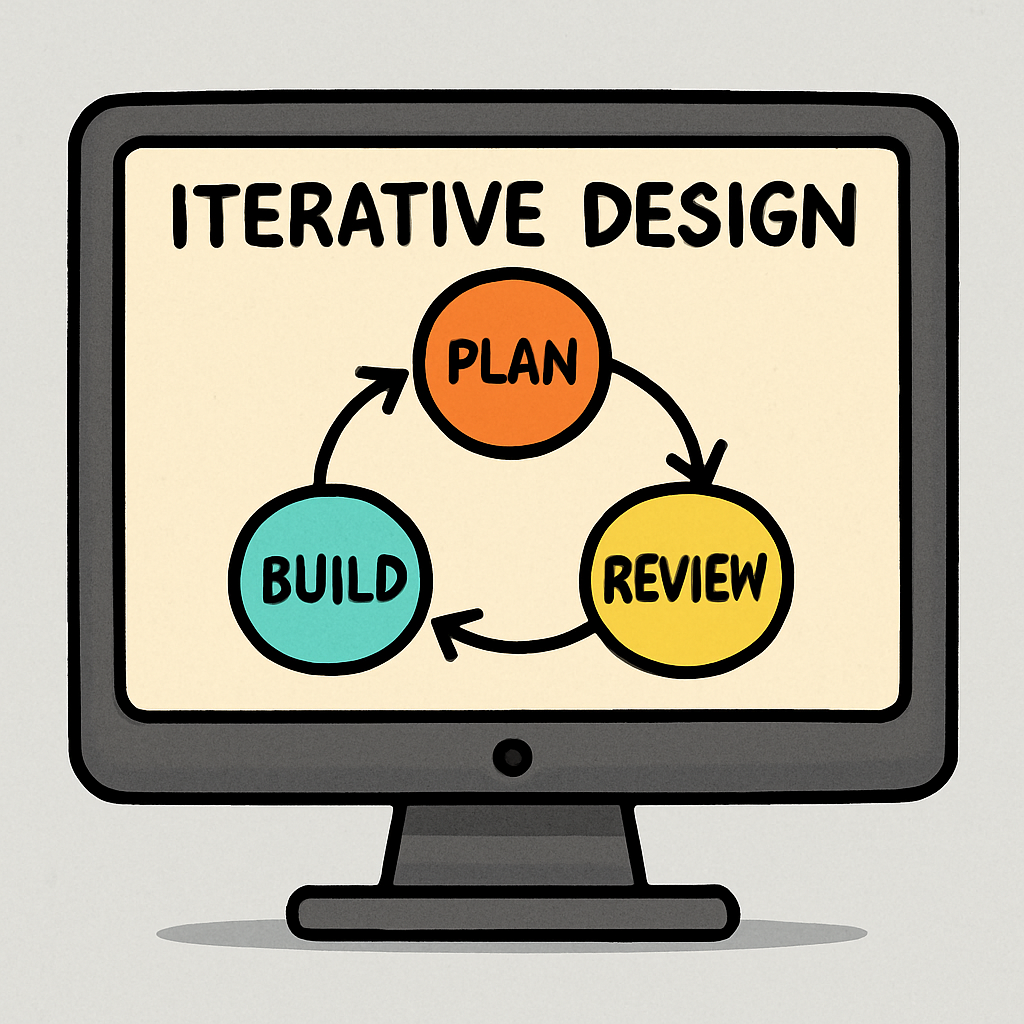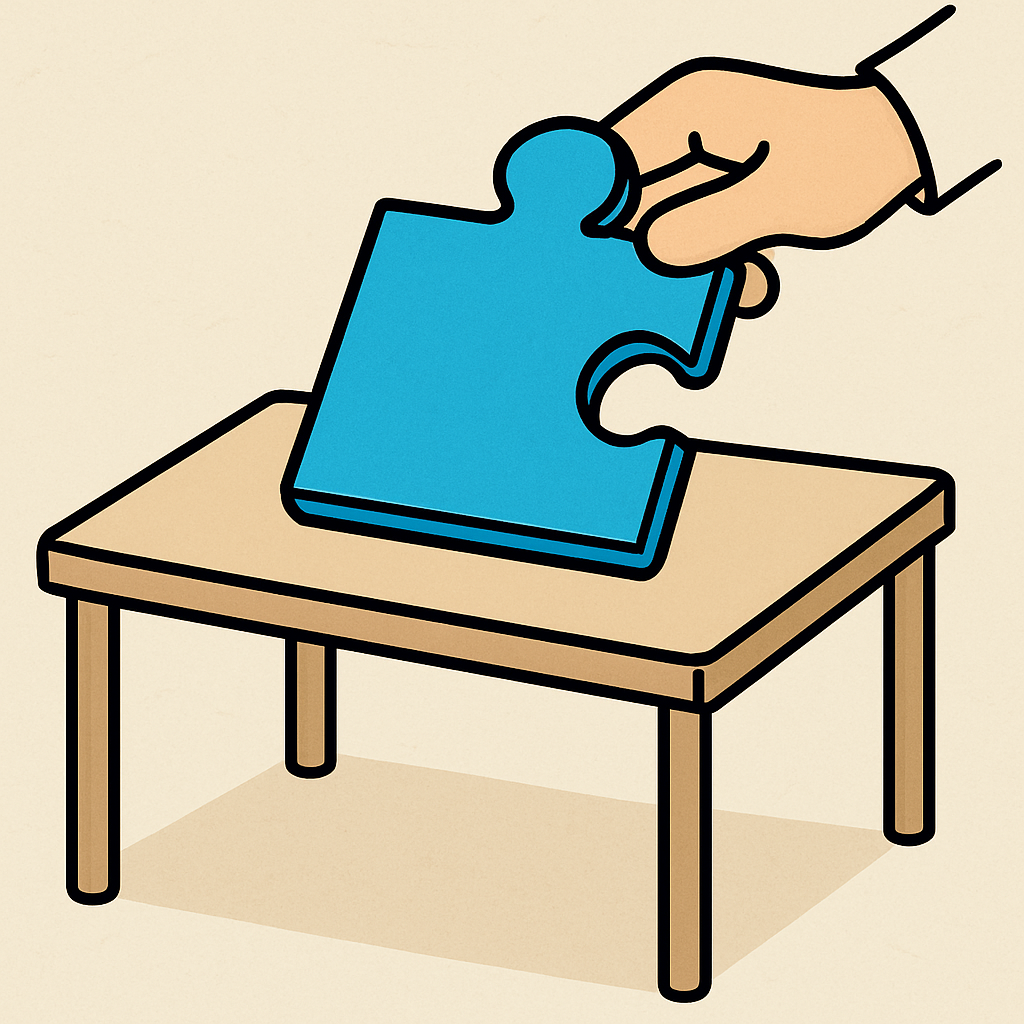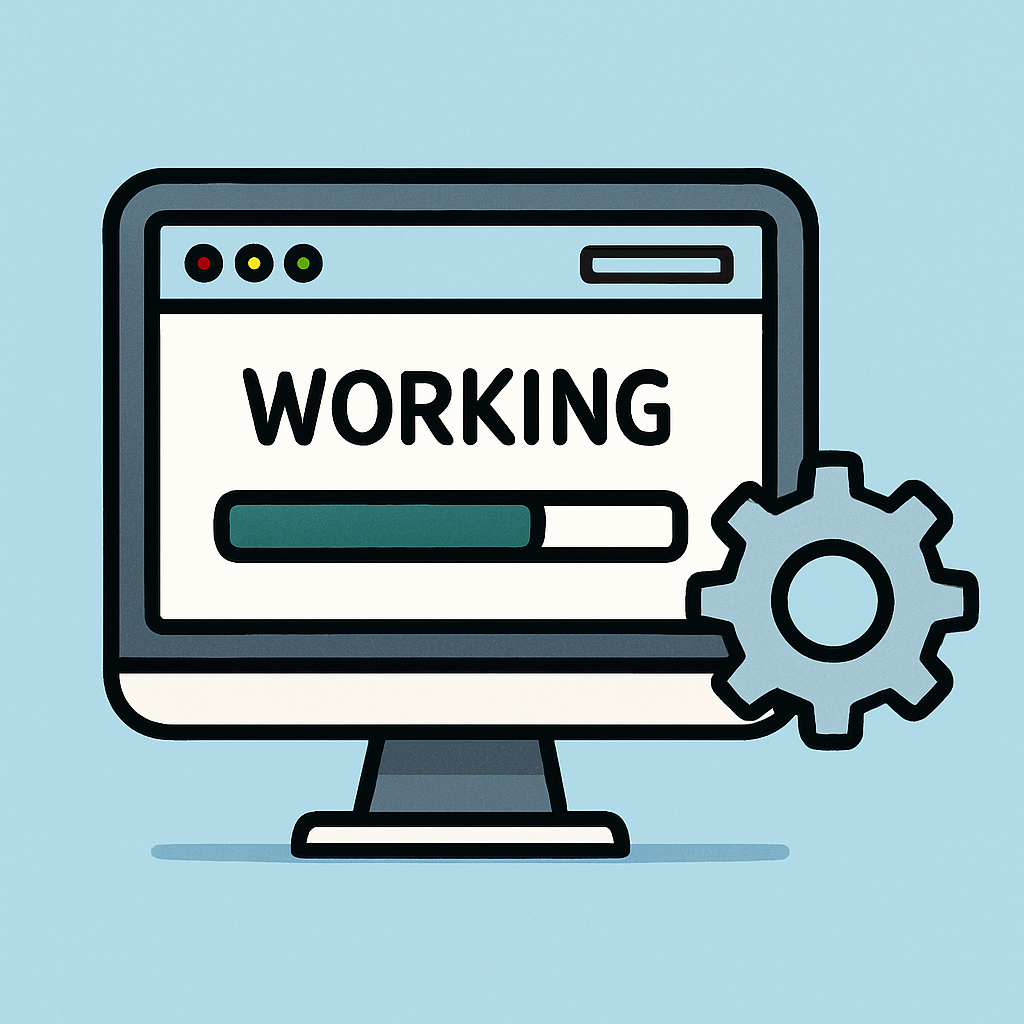In this lesson on iterative design, you'll discover how to build software through small, repeating cycles that allow for continuous improvement and adaptation. By the end, you'll understand how this flexible approach can make your projects more effective and responsive to changes.
Here's what you'll be doing:
 Iterative design, often associated with agile methodologies, involves developing software in small, repeating cycles called iterations. Each iteration builds on the previous one, incorporating feedback and improvements. This approach allows for continuous refinement and adaptation throughout the project.
Iterative design, often associated with agile methodologies, involves developing software in small, repeating cycles called iterations. Each iteration builds on the previous one, incorporating feedback and improvements. This approach allows for continuous refinement and adaptation throughout the project.
Key elements include:
This process continues until the software meets all needs. It's flexible and allows for changes as the project evolves, making it ideal for dynamic environments where requirements may shift.
Advantages:
Disadvantages:
 In the iterative design process, planning a small part is the starting point of each iteration. This step involves breaking down the overall project into smaller, manageable chunks by selecting specific features or tasks to focus on right now. It allows you to prioritise what matters most, set clear goals, and adapt as you go, making the development process more flexible and responsive to changes.
In the iterative design process, planning a small part is the starting point of each iteration. This step involves breaking down the overall project into smaller, manageable chunks by selecting specific features or tasks to focus on right now. It allows you to prioritise what matters most, set clear goals, and adapt as you go, making the development process more flexible and responsive to changes.
Key activities in planning a small part include:
This planning happens at the beginning of every iteration, building on feedback from previous ones. It's quick and focused, unlike the full upfront planning in staged design.
 In the iterative design process, designing and implementing is where you turn your plans into reality by creating a working version of the software. This step follows the planning phase and focuses on building the selected features or tasks. It involves both creative design work and practical coding, resulting in a functional increment that can be tested. This hands-on phase allows you to see progress quickly and make adjustments in future iterations.
In the iterative design process, designing and implementing is where you turn your plans into reality by creating a working version of the software. This step follows the planning phase and focuses on building the selected features or tasks. It involves both creative design work and practical coding, resulting in a functional increment that can be tested. This hands-on phase allows you to see progress quickly and make adjustments in future iterations.
Key activities in designing and implementing include:
This step is typically time-boxed within the iteration, emphasising efficiency and producing something testable. Unlike staged design, it doesn't aim for perfection on the first try but builds upon previous iterations.
 In the iterative design process, testing and reviewing is where you evaluate the working version of the software created in the designing and implementing step. This involves checking for bugs, ensuring functionality, and gathering feedback from users or stakeholders. It helps identify strengths and weaknesses early, allowing you to make informed improvements in the next iteration. This step emphasises continuous quality assurance and user-centred refinement, making the development process more adaptive and effective.
In the iterative design process, testing and reviewing is where you evaluate the working version of the software created in the designing and implementing step. This involves checking for bugs, ensuring functionality, and gathering feedback from users or stakeholders. It helps identify strengths and weaknesses early, allowing you to make informed improvements in the next iteration. This step emphasises continuous quality assurance and user-centred refinement, making the development process more adaptive and effective.
Key activities in testing and reviewing include:
This step occurs at the end of each iteration, providing immediate insights that shape the project's direction. Unlike staged design, where testing often happens at the end, iterative testing allows for ongoing adjustments, reducing the risk of major problems later.